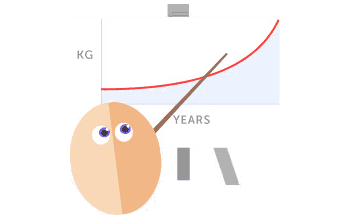I've just spotted some information on the meaning of different waist measurements depending how high/low on your body you take the measurement. #waist
This study was examining the effects of different exercise regimes on type of fat lost during dieting but the useful information I gleaned was that if you measure your waist at the level of your lumbar vertebrae L3 (which is about halfway between your navel and your ribs) you can get a good idea of how your visceral fat is changing while if you measure at L5 (which is about halfway between your navel and your hips) it is a better predictor of how subcutaneous fat is changing.
As it is the visceral fat that is the most dangerous from a cardiovascular point of view, the higher point is probably the most useful place for us to measure.

This study was examining the effects of different exercise regimes on type of fat lost during dieting but the useful information I gleaned was that if you measure your waist at the level of your lumbar vertebrae L3 (which is about halfway between your navel and your ribs) you can get a good idea of how your visceral fat is changing while if you measure at L5 (which is about halfway between your navel and your hips) it is a better predictor of how subcutaneous fat is changing.
As it is the visceral fat that is the most dangerous from a cardiovascular point of view, the higher point is probably the most useful place for us to measure.







